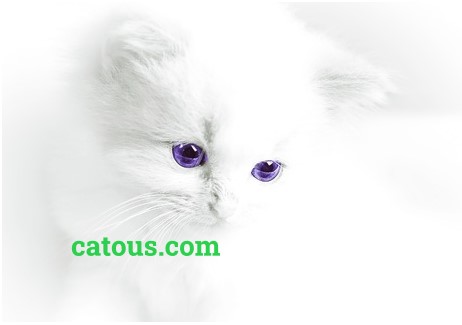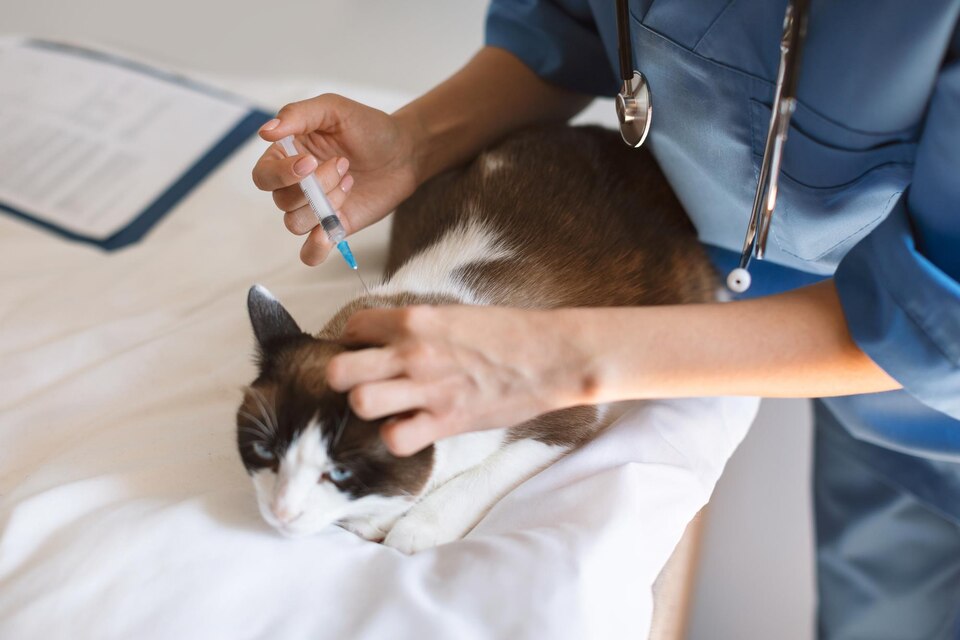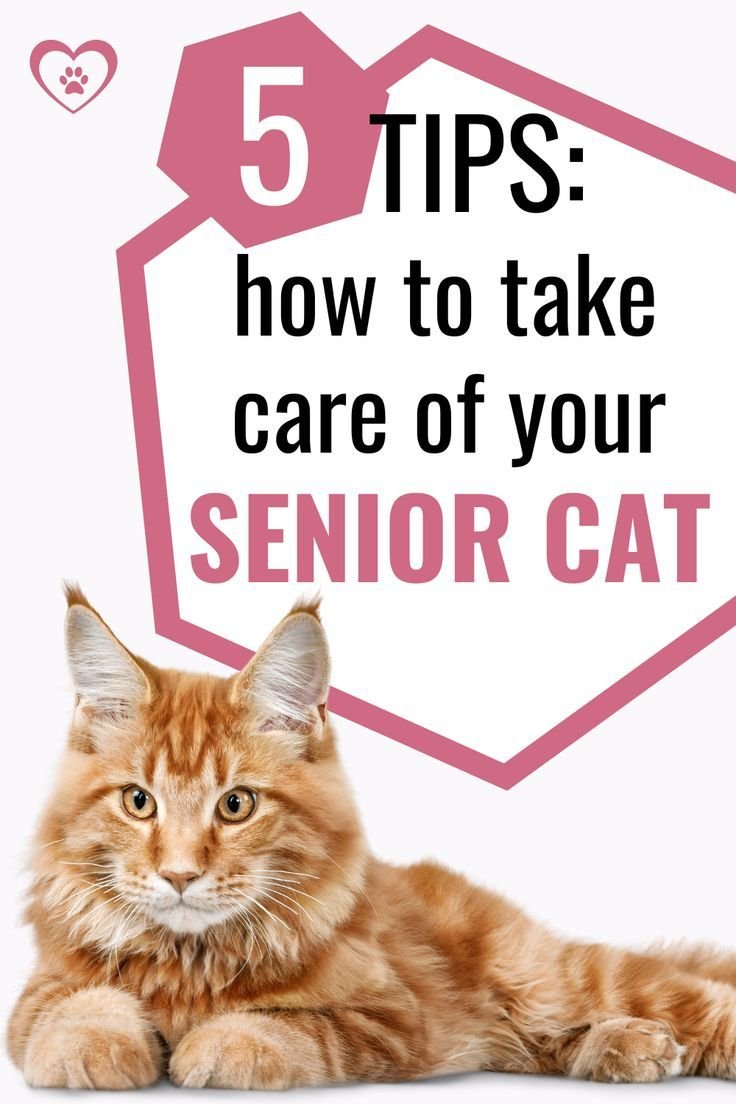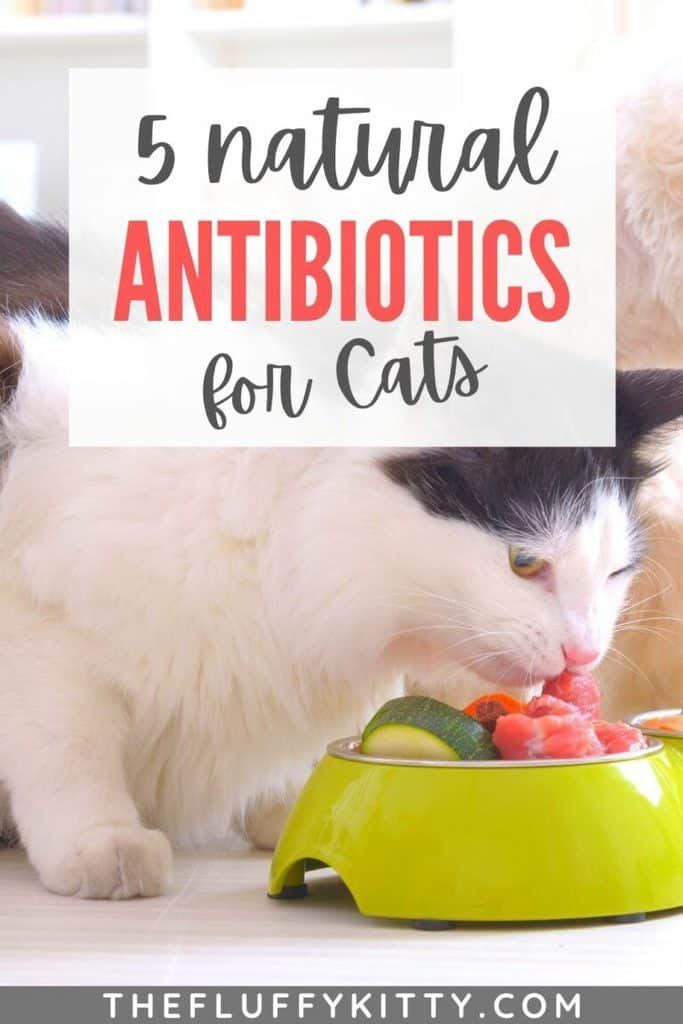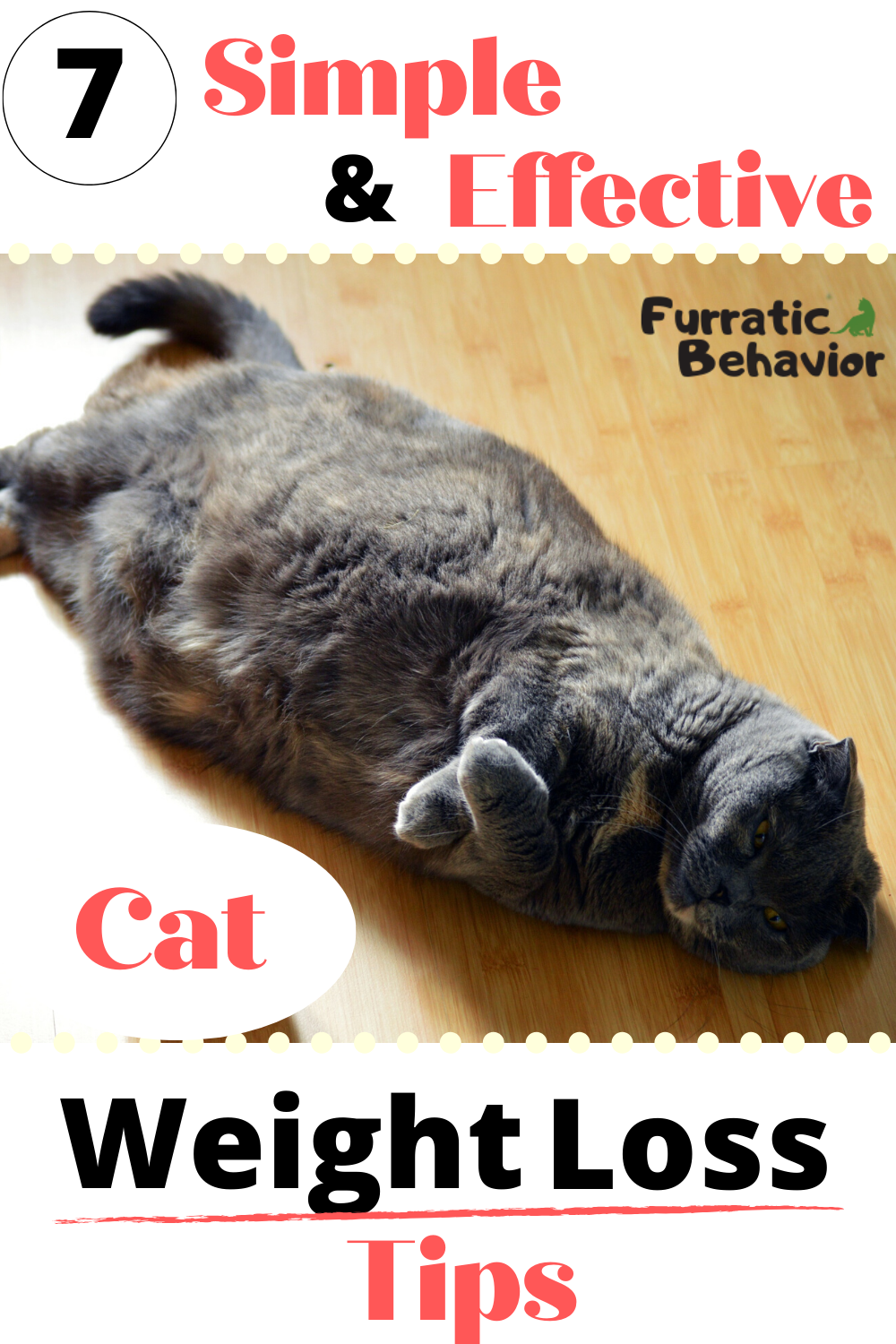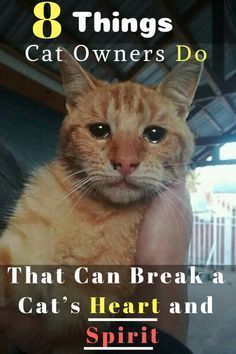Cat Help
Views: 18The Ultimate Guide to Cat Help: Tips, Tricks, and Resources for Feline Care 1: Understanding Your Cat’s Needs: The Key to a Happy and Healthy Feline As a marketing manager, I know that understanding the needs of your target audience is crucial for success. The same principle applies to cat care. To provide the … Read more

